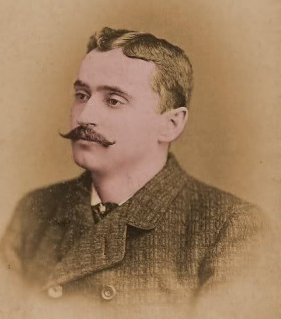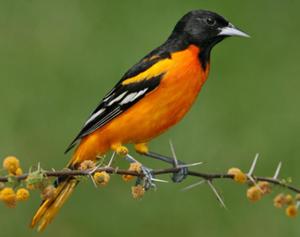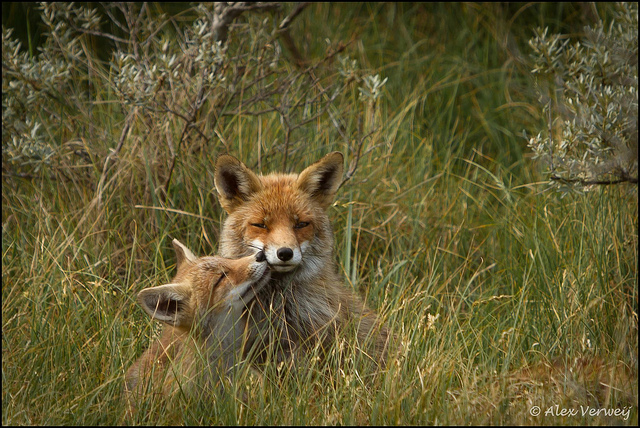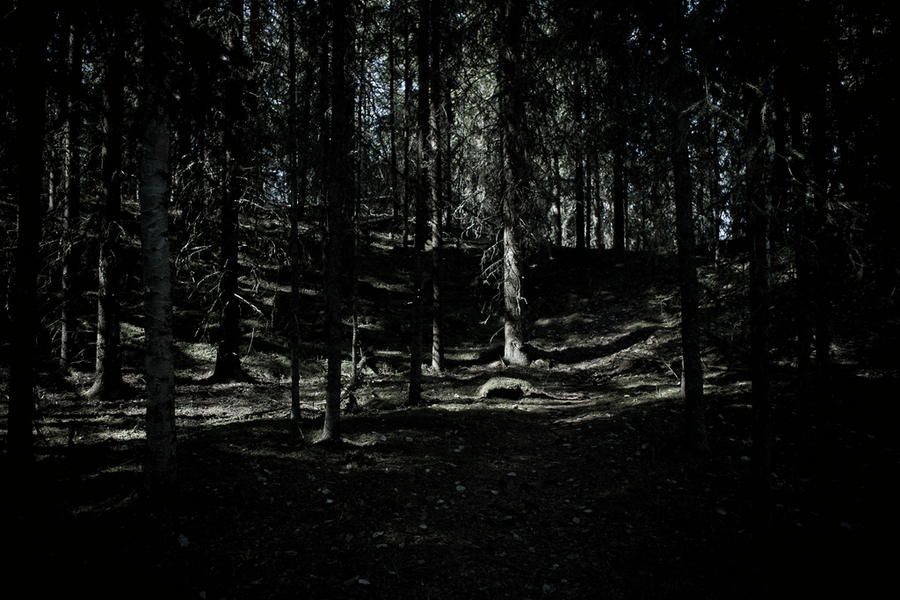 Edward Hugh (Ned) Hanlon | Mount Pleasant ParkGolf CourseMaryland's Tournament CourseEstd. June 30, 1934 | Charles Augustin (Gus) Hook |
 Edward Hugh (Ned) Hanlon | Mount Pleasant ParkGolf CourseMaryland's Tournament CourseEstd. June 30, 1934 | Charles Augustin (Gus) Hook |

Work with me here for a moment or two. Let your mind go blank. Relax, breathe deeply, shelve reality for a brief moment or two, and give your imagination freedom. Drift forward to a time ten or twelve years in the future. We’re sitting on benches by the starter shack and cart barn, near the first tee. It’s one of those lovely Baltimore mid-summer evenings on which the sun seemingly takes forever to sink beneath the horizon. The last few crows are flying over, returning from the Loch Raven watershed where they spent the day, on their ways back south to Guilford, Govans, and Homeland, to roost for the night. It’s not quite dusk yet, although the few clouds in the western sky have taken on the beautiful orange-mixed-with-pink glow that just precedes sundown. A majestic red-tail hawk and a member of that rare species, the Baltimore Oriole, which both nest in the bird sanctuary hard across Hillen Road, grace us with brief flyovers, perhaps comprehending the special meaning of this evening to us humans. The air is still. Ten or fifteen people are sitting or standing with us. No one is saying much. A car glides into the driveway and parks. The kid and his father. They walk across the practice green toward us. The collective mood is one of deep contentment, that singular glow of inner peace that follows stunning triumph, when the adrenalin has burned off but the embers of satisfaction still energize our souls. They join us silently. All shake hands. There are some hugs. Other cars arrive, and the scene is repeated. A bottle of Scotch appears, and some plastic cups, and all but the teetotalers have a splash. The velvet burn of the whiskey in your belly is superfluous though, and you know its effect couldn’t possibly raise your already elevated spirit.

You glance down the long, pristine first fairway and see the mother fox and her cubs lurking in the trees and rough to the left, waiting for full darkness before beginning the night's hunting lesson. You subconsciously expected this hole and all the others to be strewn with paper, like the stands after a baseball or football game, but it comes to you with a flash of understanding that that could not have happened. Although the course was jammed with spectators all week, they would more likely have spit in church than litter this beautiful course. Earlier in the day, the final day of the championship, thousands of people followed the finalists. They screamed, then fell silent as the next shot was addressed, and screamed again as it was struck. They cheered the winner and runner-up with sustained waves of applause, repeating the scenes of 1939. Now the course is deserted and quiet. You see the television towers on the first tee and eighteenth green are still in place. They and the rest will be dismantled and trucked away tomorrow, as will the press tents and hot-dog stands and bleachers. Now they stand empty, in marked contrast to the blaze of activity that surrounded them this last week. You are glad that task will be done tomorrow, and that no one is working on it at this moment. Now, tonight, this minute, you want to enjoy the company of those who made this happen, and they in turn linger with the same desire.

You consider for a moment the thousands of people who, staving off desperation one day at a time, labored on the course during the Great Depression, those overqualified men working with small tools, moving earth and cutting trees and altering the courses of several rivers, and wonder what they would think about yet another major event being played on this grand arena they built. The answer suggests itself immediately. They'd feel as you do here tonight, a welcome part of this silent celebration, with the additional satisfaction of knowing that we, some of us possibly their sons or granddaughters, nieces or nephews, honored their menial but proud work by staging this event.
You get silly for a moment, and wonder if you strolled around the course for a while, you might meet up with the ghost of Ned Hanlon or Gus Hook, men of vision and drive and iron wills to succeed in the face of the most severe obstacles, who designed and supervised the construction of the course some 80 years ago. You shake off this absurd and impossible notion. As your eyes refocus, you see two men walking slowly along the path by No. 9, toward the parking lot. In the dimming light, you can’t recognize them, but wave anyway. They both wave back.
“Who are they?” you ask no one in particular. There is no reply, but everyone is looking their way. They wave again, and we all wave back as they melt into the shadows. You anticipate the slam of their car doors, the start of the engine, the beam of headlights. But they never come.
 Ghosts of Ned Hanlon and Gus Hook.
Ghosts of Ned Hanlon and Gus Hook.
It’s dark now, and folks begin to drift away. Tomorrow will bring the flood of tangible rewards for a complex and extended task done well: fame and acclamation and job offers. But you savor a more sublime reward on this still night, the quiet company of like-minded people who decided that this good thing could happen, then worked together to bring it off. You cherish the pleasure of this select company.
Thank you for sharing my reverie.
I share dreams for Mount Pleasant Park with another. We, Bill Johnson and I, would like to see the return of the U.S. Amateur Public Links Championship to Mount Pleasant, where it was played in 1939. And Bill had another great idea recently. In the archives of Golf House, USGA headquarters, Far Hills, New Jersey, on the third day of December, 2003, at 2:15 p.m., Bill decided that (1) the United States Golf Association should institute and conduct another annual national championship, (2) it should be the U.S. Senior Amateur Public Links Championship, and (3) Mount Pleasant should host the inaugural competition. If you happen to be one of those lingering on the first tee on that warm summer evening a decade from now, you might want to acknowledge Bill's vision. He'll certainly be there.
For their kind, generous, encouraging, and enthusiastic assistance in compiling this brief history, Bill and I thank Dr. John R. Hook and Mr. Charles Augustin (Gus) Hook, Jr. [the sons of Gus Hook], Lieutenant General Edward Hanlon, USMC [Edward Hugh (Ned) Hanlon’s great-grandson], Mr. Pete Brown [Head Golf Professional, Madden Golf Course, Dayton, Ohio; first black member of the PGA of America to win a PGA Tour event], Mr. James Deck [Head Golf Professional, Mount Pleasant Golf Course], Ms. Patty Moran [USGA Research Assistant, Golf House], Mr. Frank Bonjon [fellow golfer], Mr. Russell Bateman [Director of Operations, Baltimore Municipal Golf Corporation], Sen. George W. Della, Jr. [Dem.; MD, 46th], Mr. Jeff Topping [Sen. Della’s chief of staff], Mr. Jeff Rivard [Executive Director, Western Pennsylvania Golf Association], Ms. Fran Spiro [Archivist, Baltimore City Department of Recreation and Parks], Mr. Jonathon Ladd [Director of Golf, Baltimore Municipal Golf Corporation], Mr. Robbie Lumsden, Jr. [Pine Ridge Driving Range manager], Mr. Chuck Ebner [fellow golfer], and Mr. Drew Forrester, whose love and respect for the game of golf was infectious.
~George L. McDowell, Jr.
Baltimore, Maryland, 2004
2013 addendum: The U.S.G.A. announced that the it will no longer conduct the U.S. Amateur Public Links Championship, and that that competition will be replaced in its yearly schedule with some sort of four-ball event. This should not be seen as a problem, but as a Godsend. With the U.S.G.A. out of the way, nothing, NOTHING, prevents Mt. Pleasant from staging the event itself.